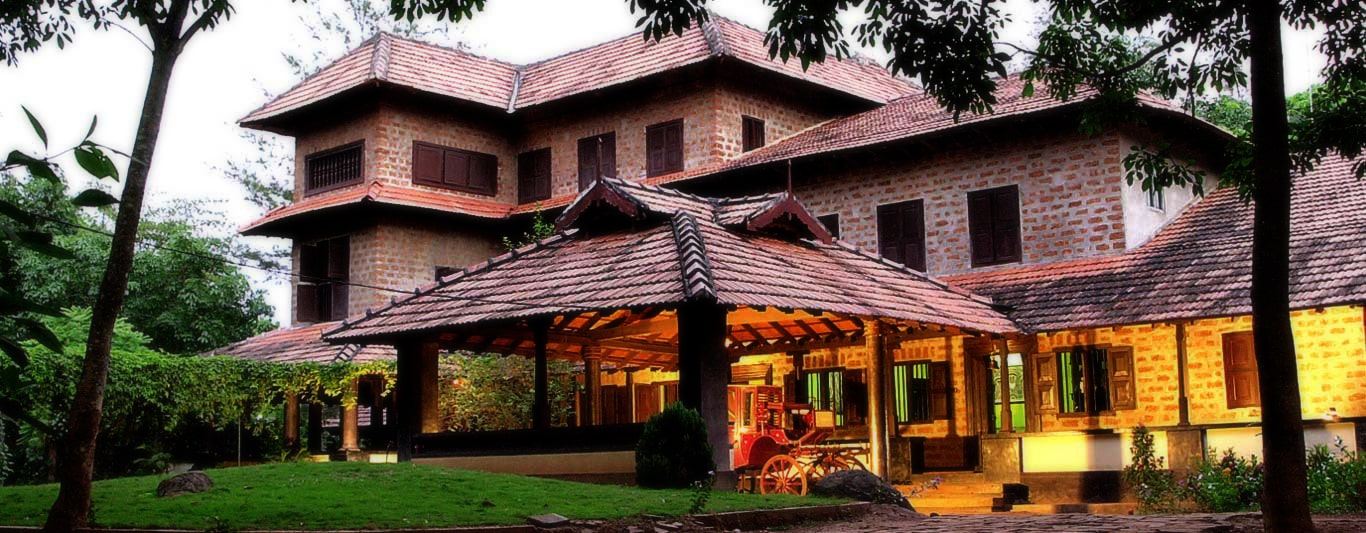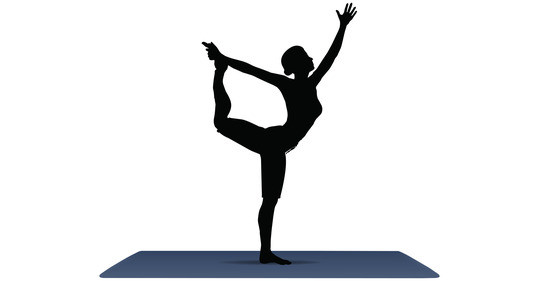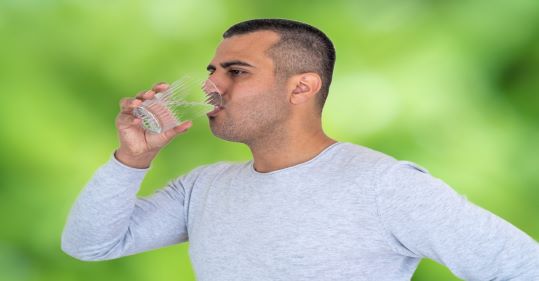Thank you, dear readers, for all your love on the first article we wrote on Demystifying Doshas! On popular demand, we are back with the second edition on the topic, and we will help you understand the right nutrition for you, according to your Dosha, the foods you should reduce the intake of, and the right kind of exercise! Read on to understand it all, and how to apply the ancient knowledge of Doshas to align each aspect of your lifestyle better !
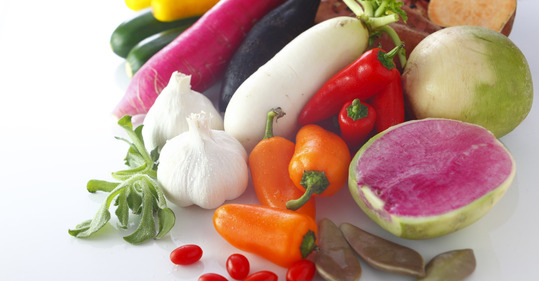
Vata Dosha:
As we mentioned in our previous article, The Vata dosha is associated with Cold, light, dry, irregular, rough, moving, quick, and always changing. Vata governs movement in the body, the activities of the nervous system, and the process of elimination. Vata influences the other doshas. Vatas tend to always be on the go, with energetic and creative minds. When Vatas are in balance, they are lively and enthusiastic.
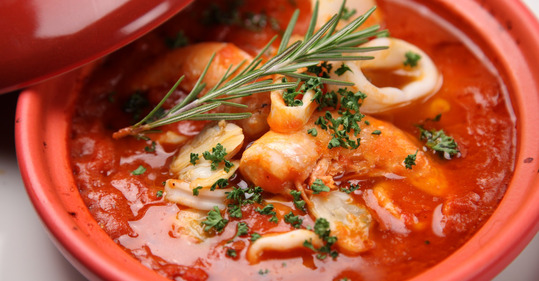
Warm soups and stews balance the vata dosha well
What to eat:
Since Vata is a cold and dry dosha, eating warm, nourishing foods with moderately heavy texture helps them greatly in balancing their dosha, especially when supplemented butter and fats. Boiled or steamed starchy vegetables (moderate broccoli, cauliflower, zucchini and leafy vegetables), and satisfying foods such as warm milk, cream, butter, warm soups, stews, hot cereals, fresh baked bread, raw nuts, and nut butters are good for Vatas. Hot, herbal tea with snacks in the late afternoon. All sweet fruits (so long as they are extra-ripe) work well for them too. Mild, warming spices like cinnamon, ginger, turmeric and coriander help restore balance.
Food to reduce:
People with Vata dominant constituency should avoid cold foods such as salads, iced drinks, raw vegetables and greens are not good for those with Vata imbalance (i.e. where Vata is dominant), as it pushes them further towards the dry, cold spectrum! Vatas should avoid drinks with too much caffeine and candies as they disturb Vata. Avoid unripe fruits, as they are too astringent./p>
Exercise:
Due to their ever changing nature and the dizzyingly fast speed at which their mind and body functions, Vatas need a nice balance of strength and flexibility that helps them become centered and grounded. The more vata can stay still and move with intention the better. Anything too cardio intensive will increase the already swift motion in their mind-body and will stiffen muscles and joints.
Ideal exercises:
Weights/strength training
Yoga
Pilates
PITTA:
Pittas are already of a heated and passionate nature due to their fire nature, so having heated foods and drink will stoke the flames and could create a disbalance. - leading to heartburn, high
blood pressure, loose motions, and irritation!
Pittas have a naturally strong agni (digestive fire) and when it increases above their natural state (called tikshna agni) they will want more food than they really need. So they have strong hunger, but weak digestion and this causes weight gain.
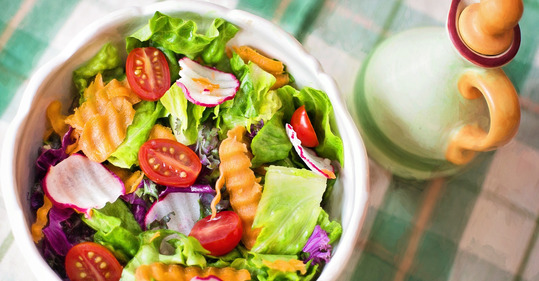
Cooling salads help balance the fiery pitta heat
What to eat:
Pittas should take cool, refreshing food in the summer or hot weather, like salads, milk and sweet fruits. Boiled, steamed, raw vegetables and cooling spices like mint, cumin and cilantro help restore coolness. Sweet and bitter vegetables are
very beneficial to pittas - , like cabbage,radishes, cauliflower, cucumber, green beans, green (sweet) peppers, leafy green vegetables, lettuce, mushrooms, okra, potatoes, sprouts, squash, sweet potatoes, zucchini, carrot, and spinach.
Herbal tea, specifically mint or licorice root tea are pacifying to Pittas. Vegetarian food, in general, are best for Pittas, as consuming red meat tends to heat the body from the fat. They should consume abundant amounts of milk, grains such as rice,
wheat and barley, and vegetables.
Food to reduce:
Pittas should reduce the butter and fats in their diet, and they avoid pickles, sour cream, and cheese. They should also avoid vinegar in salad dressing and use lemon juice instead. Alcoholic and fermented foods also create an imbalance in the pitta dosha. . Avoid oily, hot, salty, and heavy foods such as anything fried. Pittas should also skip egg yolks, nuts, hot spices, honey, and hot drinks. Pittas also tend to look for a stress release by eating sweets and having alcohol. Sweets are cooling which is normally good for pitta, but eating highly processed sweets and chocolates will give them a sugar high, which subsequently leads to a glucose crash later, making them unproductive.
Exercise:
Pittas need to cool down and de-stress in order to balance their fiery make up. Naturally muscular and good athletes, they really like the physicality of exercise, so a pitta doesn’t need a whole lot of motivation to get moving. However, they need to stay cool and stay away from anything too competitive, stressful, or too hot. Pittas should not exercise in the sun.
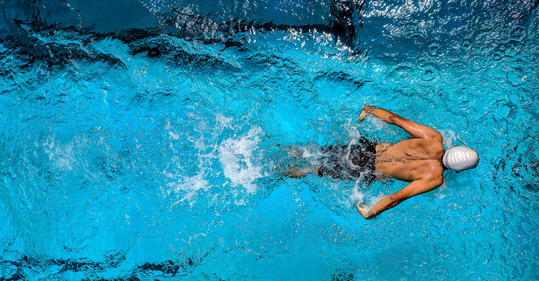
Pittas will do best with a combo of cardio (they love to sweat), like:
Cycling
Swimming
Consistent yoga practice is very helpful to de-stress
Cool air and cool water will make pitta feel like they’ve had an awesome workout but will not overheat them.
Balancing kapha
Kaphas tend to have heavier, earthier bodies than other types, and tend to store watery substances like fluids and fat more readily. Kapha governs the structure of the body. It is the principle that holds the cells together and forms the muscle, fat, bone, and provides immunity. Kaphas have a strong build and excellent stamina as well as smooth, radiant skin. They sleep soundly and have regular digestion. But when Kapha build to excess they can gain weight, retain fluid, and allergies manifest in the body. When imbalances, Kaphas may become overweight, sleep excessively, become lethargic, and suffer from asthma, diabetes, and depression.
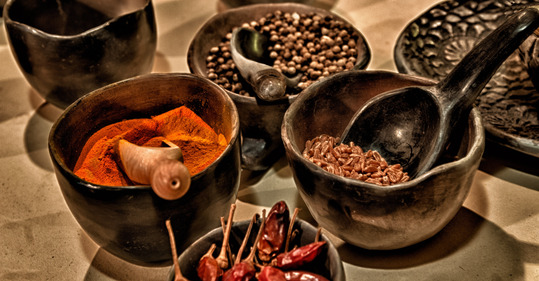
Strong spices like black pepper and turmeric are ideal for the kapha balancing diet
What to eat:
Warm, light, and dry food is favorable for balancing the kapha dosha, or cooked light meals. Kaphas do best with lightly cooked foods or raw fruits and vegetables. Any food that is spicy is good for Kaphas such as very hot Mexican or Indian food, especially in winter. Dry cookingmethods (baking, broiling, grilling, sautéing) are preferable for Kaphas over moist cooking suchas steaming, boiling, or poaching. while preferred spices are cumin, fenugreek, sesame seed,and turmeric. Fat-free buttermilk, as well as strong spices like pepper, cloves, mustard, turmericand cardamom work well for a vata balancing diet. Regarding grains, it is better to pick the non starchy grains over starchy ones - corn, millet, rye, oats, barley, wheatbran are an ideal choice over rice and wheat.
What to reduce:
Kaphas need to watch the consumption of too many sweet and fatty foods, and need to watch their salt consumption as well, as it can lead to fluid retention. They should avoid deep-fried foods. A typical Kapha tendency is to overeat: The main meal should be at the middle of the day, and only a light, dry meal in the evening. In general, Kaphas should avoid sugar, fats, and dairy products, skip chilled foods and drinks, and use ghee and oils in small amounts only.
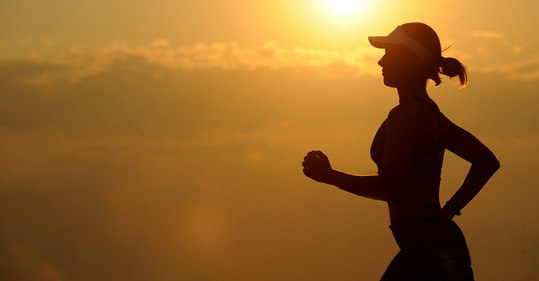
Exercise:
Kaphas tend to find it difficult to stay naturally physically active, so they can easily find themselves in a physical and mental rut. However, by creating a conducive environment and with the right motivation, it is possible to add some beneficial exercise to one’s
everyday routine!
Due to the slow and grounded nature of Kapha, balancing it with energetic and swift cardiovascular exercises is best for them - Moving the physical body will help lighten both the body and the mind:
Cardio can range from:
Run-walking
Power walking
Elliptical trainer
Or anything aerobic
Aligning our diet, lifestyle and exercise routine with our dominant dosha is immensely rewarding in the long run and has a deep positive impact on our overall well being, and we hope our series on demystifying the Dosha principles helps you achieve that ! Do ask us any questions that you may have, and we will be happy to answer you!





